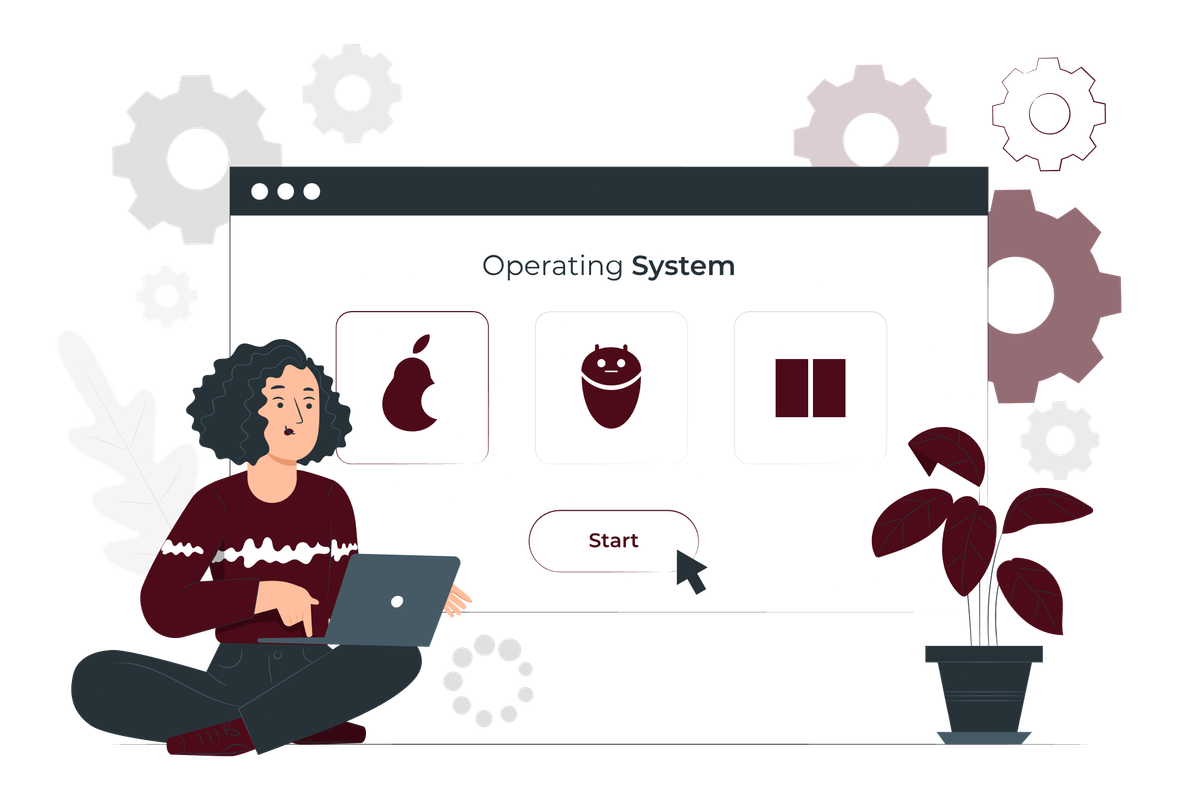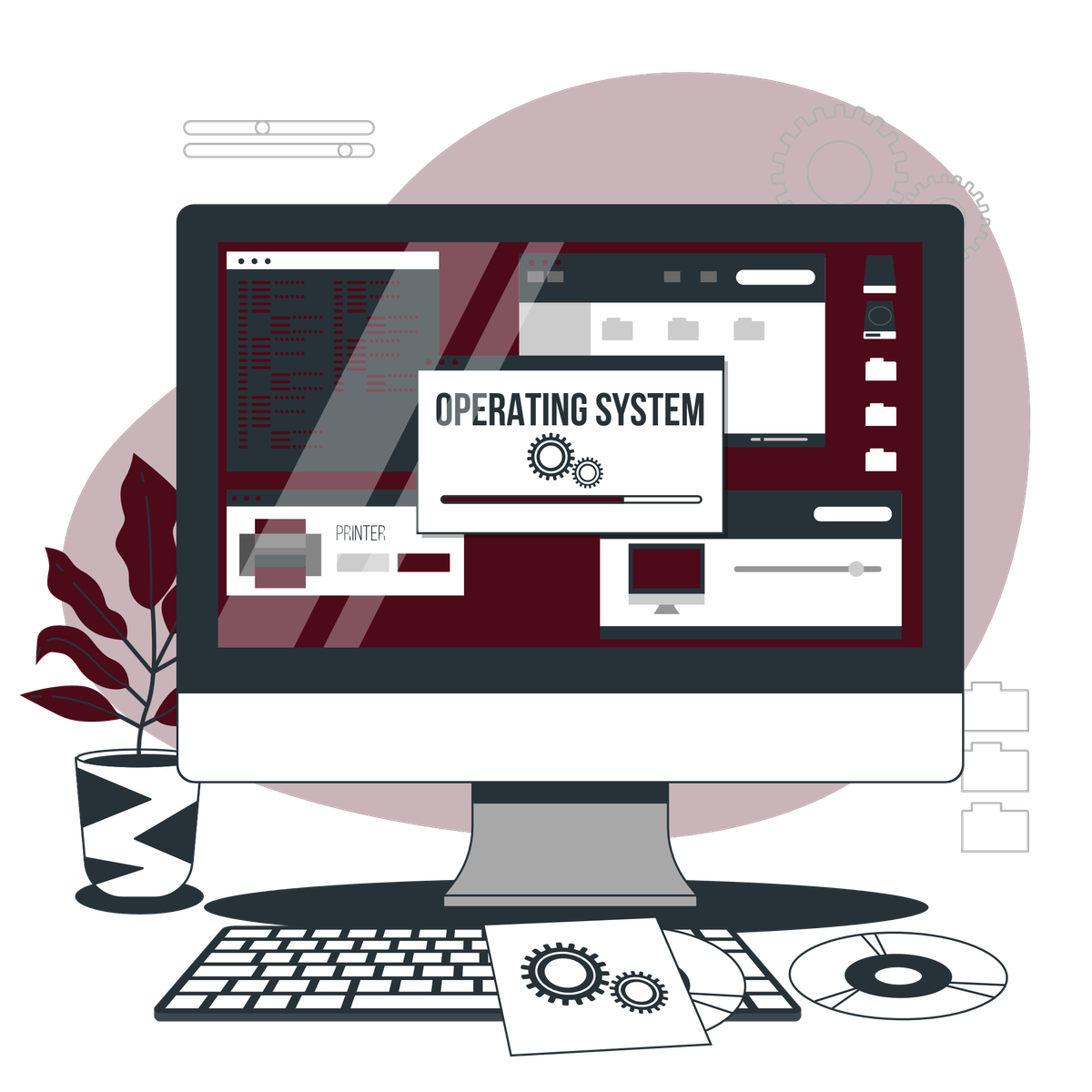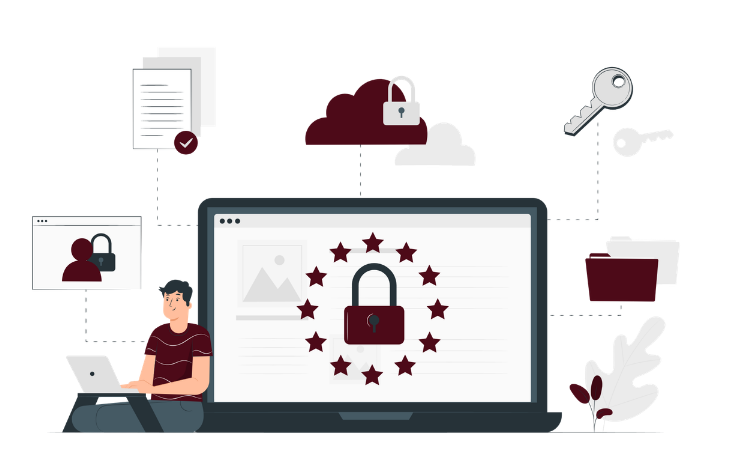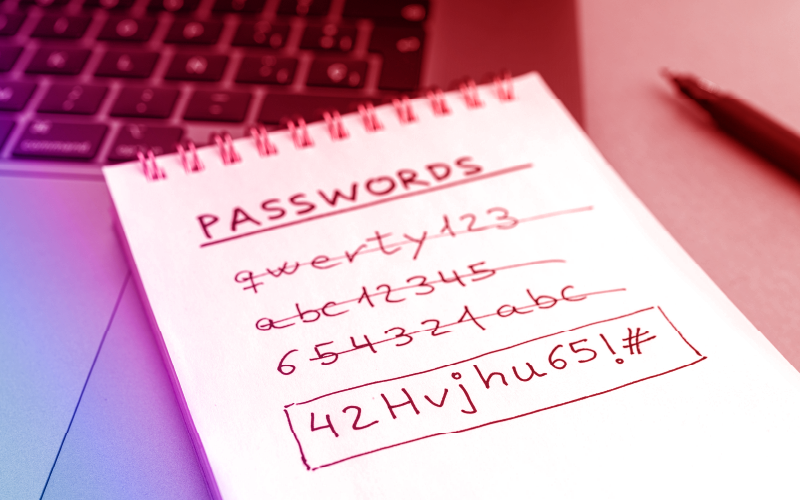Rethinking Privacy: Why One-Time Solutions Don't Work

In today's rapidly evolving digital landscape, many people view privacy as a static state to be achieved—a box to be checked off on their to-do list. However, this perspective fundamentally misunderstands the nature of privacy in our interconnected world. Privacy is not a destination but a continuous process that requires ongoing attention, adaptation, and refinement.
Understanding Your Technology: The Foundation of Digital Privacy
Before implementing any privacy measures, it's crucial to thoroughly understand the technology we use daily. Many privacy breaches occur not from sophisticated attacks, but from users simply not understanding how their devices and applications handle their data. This includes knowing what data our smartphones collect, how our social media platforms use our information, and what permissions we've granted to various applications. When we install a new app, we must understand why it needs access to specific features like our location, contacts, or camera. This knowledge forms the bedrock of informed privacy decisions.
Technology literacy extends beyond basic feature awareness. We should understand how our data flows between services, where it's stored, and how it's processed. For instance, when using cloud storage services, we should know whether our files are encrypted, who has access to them, and what happens to our data if we delete our account. This understanding helps us make informed choices about which services to trust with our information.
The Dynamic Nature of Privacy Threats
The landscape of privacy threats is constantly shifting. As technology advances, new vulnerabilities emerge, and threat actors develop increasingly sophisticated methods to compromise personal information. What was considered secure yesterday might become vulnerable tomorrow. This dynamic environment demands that individuals and organizations maintain constant vigilance and regularly reassess their privacy measures.
Components of Continuous Privacy Management
At the heart of effective privacy management lies the need for regular assessment and updates. Organizations and individuals must continuously evaluate their current practices and technologies, including their privacy settings across various platforms and the security tools they employ. This ongoing evaluation becomes particularly crucial as new features and platforms emerge, introducing novel privacy considerations that require attention.
The rapid pace of technological advancement presents both opportunities and challenges for privacy protection. Smart home devices, biometric authentication, and artificial intelligence have introduced privacy considerations that were nonexistent just a few years ago. Staying informed about these developments and understanding their privacy implications has become an essential part of maintaining digital security.
Conclusion
Understanding privacy as a continuous process rather than a one-time achievement is crucial for effectively protecting personal and organizational information in today's digital world. The foundation of this process lies in thoroughly understanding the technology we use and its implications for our privacy. By combining this technical knowledge with regular privacy maintenance practices, individuals and organizations can better protect themselves against evolving threats while maintaining the benefits of our connected world. The journey toward privacy protection never truly ends; it simply evolves alongside the technologies and threats that shape our digital landscape.
To help individuals take control of their digital privacy, we're excited to announce our upcoming comprehensive Privacy Basics Course. This course will provide practical, step-by-step guidance on protecting your personal information in today's digital landscape.
Subscribe to our newsletter to be the first to know when the course launches and receive exclusive privacy tips and insights in the meantime.
Other articles you may find interesting:









